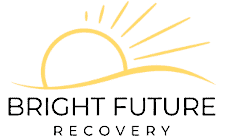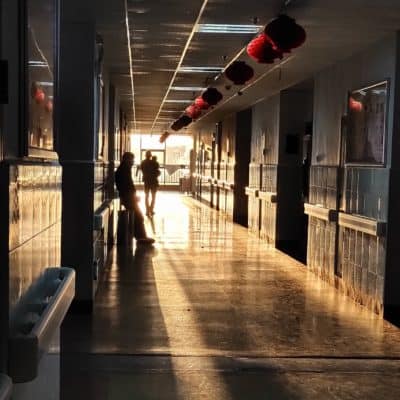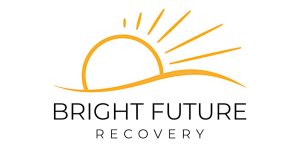
Bright Future Recovery serves Northern and Central California with evidence-based, whole person and affordable addiction rehab services associated with alcohol and drug abuse. We are happy to share valuable addiction recovery information.
Questions about Drug and Alcohol Abuse and Recovery?
Call Bright Future Recovery at (831) 245-1623 for a Confidential Consultation. We Can Help.

Going to rehab can be costly, and many drug users are too prideful or fearful to admit they have a problem and pursue treatment in the first place. This often leaves hospitals as the first line of defense when drug users overdo it and wind up in a medical emergency.
In fact, some emergency departments are now delivering opioid detox treatment to patients in withdrawal. The New York Times recently reported on this newfound practice that’s happening in select emergency departments across the country. In particular, The Times focused on one hospital in Oakland: Highland Hospital.
Let’s go over some of the highlights of this illuminating New York Times report, and then we’ll discuss if these hospitals are doing it right and if an emergency room is really the best place to undergo opioid detox.
Emergency Departments Administering Buprenorphine
According to The New York Times, patients in the midst of opioid withdrawal who enter Highland Hospital in Oakland will likely receive a dose of buprenorphine “on the spot.”
As reporter Abby Goodnough wrote, Highland “is among a small group of institutions that have started initiating opioid addiction treatment in the E.R. Their aim is to plug a gaping hole in a medical system that consistently fails to provide treatment on demand, or any evidence-based [addiction] treatment at all.”
Dr. Andrew Herring runs the buprenorphine program at Highland. He told The Times that Highland’s emergency department “can provide 24 to 48 hours of withdrawal suppression, as well as suppression of cravings.”
The Times reported that Dr. Herring convinced the California Health Care Foundation to give a small grant to Highland and seven other Northern California hospitals in in 2017, in both urban and rural areas. The purpose? So these hospitals could try dispensing buprenorphine (aka Suboxone) in their emergency departments.
Since then, California has invested nearly $700,000 to allow more medical institutions across to state to offer opioid addiction medications (including methadone and naltrexone). This is part of a larger $78 million statewide effort. The $78 million represents most of California’s share of an initial $1 billion in federal grants going toward addiction treatment and prevention. These grants stem from Congress’s passage of the 21st Century Cures Act, enacted in 2016.
The Rationale for Buprenorphine in ERs
A landmark study out of Yale-New Haven Hospital in Connecticut inspired other hospitals like Highland to start administering medications that directly treat opioid withdrawal. The study was published in an April 2015 edition of the Journal of the American Medical Association (JAMA).
The Yale-New Haven Hospital study found that painkiller-addicted patients who received buprenorphine in the ER were twice as likely to be in treatment a month later, as compared to patients who only received an informational pamphlet with phone numbers. Dr. Herring told the New York Times that this study inspired him to request the aforementioned grant from the California Health Care Foundation.
The lead author of the Yale study, Dr. Gail D’Onofrio, reportedly has received numerous calls from ER doctors who are interested in her hospital’s model.
The Times also reports that “a few dozen” hospital emergency departments have begun administering buprenorphine since the time of the Yale study. These emergency departments are in cities such as:
- Boston
- New York
- Syracuse
- Philadelphia
- Brunswick, Maine
- Camden, N.J.
Opioid Numbers to Know in the Bay Area and Statewide
In the New York Times article, Goodnough reported that Highland Hospital’s emergency department offered buprenorphine to 375 patients between February 2017 and August 2018; two-thirds of the patients accepted it, along with an initial appointment at the hospital’s addiction clinic for ongoing treatment. The article also said that Highland’s ER treated about 150 opioid overdose victims in 2017.
The California Department of Public Health’s Opioid Overdose Surveillance Dashboard recorded only 144 overdose ER visits in Alameda County in 2017, but this figure excluded heroin overdoses. The same dataset showed 115 opioid overdose hospitalizations in Alameda County that year, along with 37 opioid overdose deaths (just over 2 per 100,000 residents).
In San Francisco County, there were 194 opioid overdose ER visits (excluding heroin) in 2017, along with 76 hospitalizations and 99 deaths (about 10 per 100,000 residents).
Statewide, the small county of Modoc had the highest rate (23.6) of opioid overdose deaths per 100,000 residents in 2017. Humboldt County was not far behind with 21.0 such deaths per 100,000 residents.
Alameda County actually had the 10th-lowest rate of opioid overdose deaths in 2017. There were six California counties with a rate of 0 that year: Alpine, Colusa, Glenn, Mono, Sierra and Tehama.
Nationwide Overdose Numbers
On the national level, preliminary CDC estimates place the number of opioid overdose deaths at just under 50,000 in 2017. These were a big chunk of an estimated 72,000 drug overdose deaths in total last year. Alarmingly high figures all around.
There was an encouraging sign, though. The monthly numbers of overdose deaths started to wane in the latter part of the year, possibly signaling that all of the increased national, state and local efforts are starting to help.
As far as how prevalent opioid abuse is, the Substance Abuse and Mental Health Services Administration (SAMHSA) estimated about 2.1 million Americans had opioid use disorders in 2016. The New York Times reports that this might be a lowball number, however, since some users didn’t have a telephone to do the SAMHSA survey, and others may have been reticent to identify themselves as a user, possibly due to stigma.
Is Dispensing Buprenorphine in ERs Really the Best Strategy?
While we do see buprenorphine programs in emergency departments as a step forward, as opposed to offering none of the necessary medication when patients in withdrawal come to the ER, we’re still hesitant to give it our full endorsement. There are a few pitfalls to consider:
ER Staff Not Fully Trained in Suboxone Administration
The New York Times article noted that ER doctors don’t need a license from the Drug Enforcement Administration to issue Suboxone to patients in withdrawal. Most other doctors, however, do.
If ER doctors haven’t gone through the full training to get the license, how sure can you be that they are always prescribing the right dose? How experienced are they in customizing a tapering schedule for a patient in order to avoid new complications?
Buprenorphine Can Be Addictive if Not Dispensed Properly
Continuing from that last point, it’s important to note that buprenorphine also happens to be an opioid, and it can be addictive if taken at too high of a dose for too long. It works in a different way than other opioid painkillers, but repeated use can lead to dependence, nonetheless. Consider this a “replacement addiction.” This risk increases when insufficiently trained ER doctors are at the helm of detox treatment.
Insufficient Supplemental Treatment
Medication should be just one part of a larger approach to detox treatment. Some would even argue it’s a very small part. While ERs can monitor your vitals, give you meals and start IVs in addition to your medication, they are missing many of the other amenities that make for a robust detox process.
Does the hospital offer relaxing activities such as yoga, massage and soothing bath treatment? Can it customize your meals and make sure you’re getting the nutrients you need? Not likely.
Ongoing Treatment Options Are Limited
With all of its grant money, California is setting up a “Hub and Spoke System,” in which ERs would play a big role. After receiving buprenorphine or methadone in an ER, a patient could be sent to a “hub” (aka an addiction treatment facility) and then to a spoke (a primary care practice or community clinic). At the moment, there are 19 hubs in California.
If you’re sent through such a system, your options will be limited due to arranged partnerships between ERs and “hubs.” The hubs may not necessarily be the best place to facilitate your recovery.
Better than nothing? Certainly. But it’s important to remember how restricted your options for recovery will be. And, again, this system seems to be heavily medication-focused, when you should really be looking for comprehensive treatment in order to beat addiction.
Choose the Right Place to Detox
Although you can now receive a certain degree of detox treatment in some ERs, we still recommend going to a detox facility of your choosing. That way, you can go through withdrawal and begin recovery on your own terms.
The detox facility you pick will likely have more amenities and resources than the average ER, and it may be able to create a more personalized and long-term treatment plan for you.
Learn the difference between opioid detox facilities and methadone and Suboxone clinics, and then consider Bright Future Recovery in the Bay Area of California. Our lead doctor is fully licensed to dispense buprenorphine and other medications. We also take a robust and personalized approach to detox treatment, and our facility features several amenities to help you heal and keep you comfortable during withdrawal.
Bright Future Recovery serves Northern and Central California with evidence-based, whole person and affordable addiction rehab services associated with alcohol and drug abuse. We are happy to share valuable addiction recovery information.
Questions about Drug and Alcohol Abuse and Recovery?
Call Bright Future Recovery at (831) 245-1623 for a Confidential Consultation. We Can Help.







